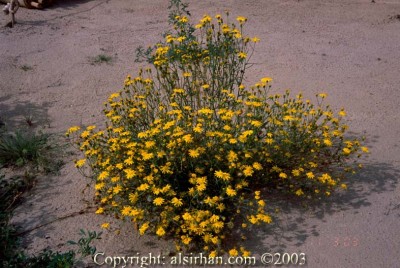Arabic verses on desert horses from 1,500 years ago
Below are three beautiful verses from famed pre-Islamic Arab poet al-Nabigha al-Dhubyani (535 AD -604 AD) about the desert Arabian horses of the Bedouin tribe of Asad. Al-Nabigha praises the tribe in this poem, and part of this exercise consists in praising its horses:
fihim banatu al-‘asjadiyyi wa-lahiqin, wuruqan marakiluha min al-midmari
yatahallabu al-ya’didu min ashdaqiha, sufuran manakhiruha min al-jarjari
tushla tawabi’uha ila ullafiha, khababa al-siba’i al-wullahi al-abkari
which in English, approximately translates into the following: [translation mine]:
“Among them are the daughters of al-‘Asjadi and Lahiq, their flanks are grey from training
Daisy juice drips from their cheeks, their nostrils are yellow from chewing on groundsels
They call their young, who trot back to their mothers like worried adult leopards”
It’s notoriously difficult to render the beauty of Arabic poetry in other languages, but these lines are particularly challenging to translate because they describe events and things tied to the particular context of pre-Islamic central Arabia.
Some further explanation is due: “Them ” in the first verse refers to the Asad tribe. Al-‘Asjadi and Lahiq are famous pre-Islamic desert Arabian stallions from some 1500 years ago. This verse is proof of their actual existence. More about them later. The reason al-Nabigha writes in the first verse that the horses’ flanks are grey from training is because of the constant spurring by the riders’ feet, which caused the flanks hair to fall, and new, grey hair to grow in its place. The phrase is a metaphor to describe mares that are always in training condition. It praise riders whose horses are always ready to go to war. In the third verse, ya’did is the arabic name for skeleton weed, a subspecies of daisies; and jarjar is the arabic name for Jaffa groundsels. Both are desert plants regularly found in the steppes of Arabia and other parts of the Middle East. Below, a Jaffa groundsel or jarjar plant in Kuwait.

Wonderful.
More of the same, please.